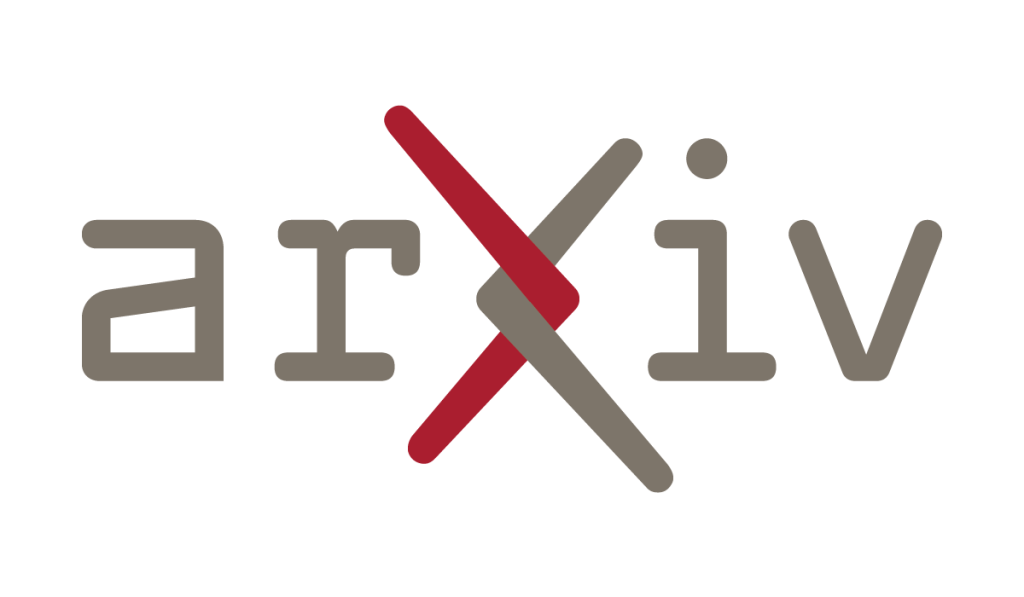arXiv:2505.01563v1 Announce Type: new
Abstract: Recent improvements in large language model (LLM) performance on academic benchmarks, such as MATH and GSM8K, have emboldened their use as standalone tutors and as simulations of human learning. However, these new applications require more than evaluations of final solution generation. We introduce TutorGym to evaluate these applications more directly. TutorGym is a standard interface for testing artificial intelligence (AI) agents within existing intelligent tutoring systems (ITS) that have been tested and refined in classroom studies, including Cognitive Tutors (CTAT), Apprentice Tutors, and OATutors. TutorGym is more than a simple problem-solution benchmark, it situates AI agents within the interactive interfaces of existing ITSs. At each step of problem-solving, AI agents are asked what they would do as a tutor or as a learner. As tutors, AI agents are prompted to provide tutoring support — such as generating examples, hints, and step-level correctness feedback — which can be evaluated directly against the adaptive step-by-step support provided by existing ITSs. As students, agents directly learn from ITS instruction, and their mistakes and learning trajectories can be compared to student data. TutorGym establishes a common framework for training and evaluating diverse AI agents, including LLMs, computational models of learning, and reinforcement learning agents, within a growing suite of learning environments. Currently, TutorGym includes 223 different tutor domains. In an initial evaluation, we find that current LLMs are poor at tutoring — none did better than chance at labeling incorrect actions, and next-step actions were correct only ~52-70% of the time — but they could produce remarkably human-like learning curves when trained as students with in-context learning.
Source link

